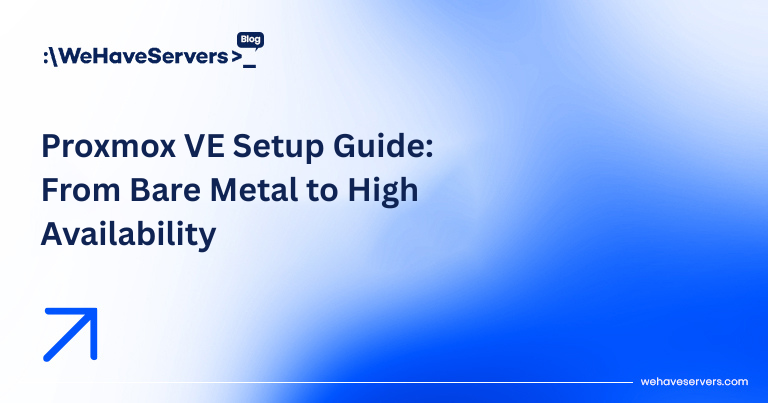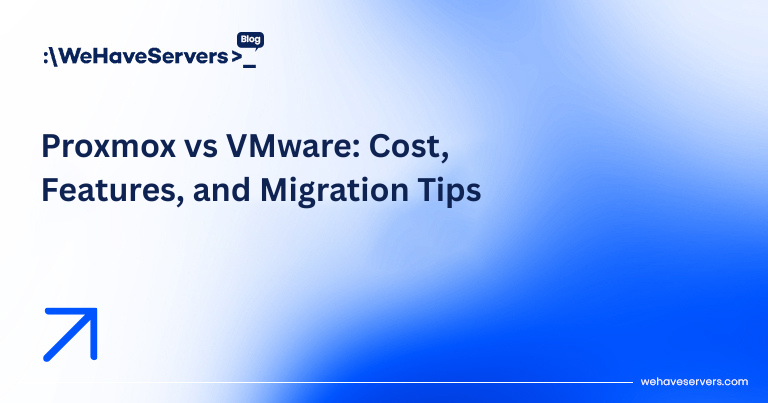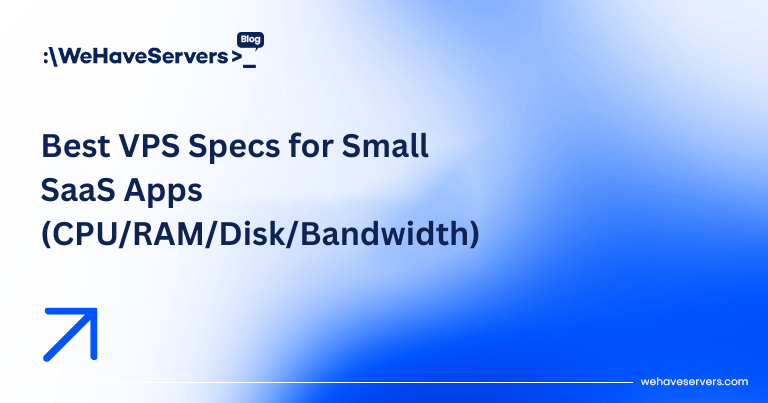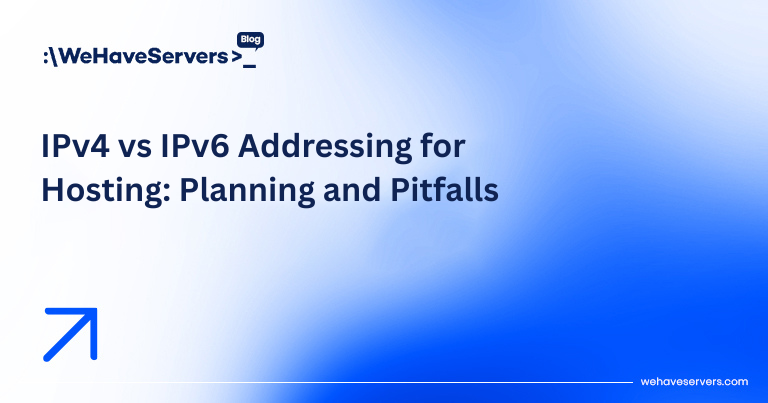
Proxmox VE Setup Guide: From Bare Metal to High Availability
Proxmox VE Setup Guide: From Bare Metal to High Availability
Proxmox VE (Virtual Environment) is one of the most popular open-source virtualization platforms in 2025. It combines KVM for virtual machines, LXC for containers, integrated software-defined networking, storage management, and a built-in high availability (HA) cluster manager. For sysadmins, it’s a feature-rich alternative to VMware vSphere, offering enterprise-level functionality without licensing headaches.
This advanced guide will walk you through a full Proxmox setup — from bare metal installation to a 3-node HA cluster ready for production workloads. We’ll cover storage backends (ZFS, Ceph), network bonding, fencing, and HA tuning for maximum uptime.
🔹 Step 1: Prepare Bare Metal Hardware
Proxmox runs best on enterprise-grade servers, but it can also be installed on commodity hardware. Minimum recommended specs in 2025:
- CPU: 8+ cores (Intel Xeon, AMD EPYC preferred).
- RAM: 64 GB+ (Proxmox nodes cache aggressively).
- Storage: NVMe SSDs for VM disks, enterprise HDDs for bulk storage.
- NICs: At least 2 x 10G NICs (one for VM traffic, one for cluster/management).
- Redundancy: Dual PSUs, IPMI/iDRAC for remote management.
🔹 Step 2: Install Proxmox VE 8
- Download ISO: Proxmox Download
- Burn ISO to USB with
ddor Rufus. - Boot server, select “Install Proxmox VE.”
- Partition disks (ZFS RAID1 for boot recommended).
- Set hostname (use FQDN, e.g.,
pve01.dc.local). - Assign static IP for management.
After reboot, access the Proxmox web UI:
https://your-ip:8006
Default login: root + Linux password set during install.
🔹 Step 3: Configure Networking
For production, use Linux Bonds with VLANs for traffic separation:
auto bond0
iface bond0 inet manual
bond-slaves enp2s0f0 enp2s0f1
bond-miimon 100
bond-mode 802.3ad
auto vmbr0
iface vmbr0 inet static
address 192.168.10.10/24
gateway 192.168.10.1
bridge-ports bond0
bridge-stp off
bridge-fd 0
- bond0: Aggregates NICs with LACP for redundancy and throughput.
- vmbr0: Bridge used by VMs and containers.
🔹 Step 4: Configure Storage
ZFS Local Storage
zpool create -f rpool mirror /dev/nvme0n1 /dev/nvme1n1
- Use ZFS for snapshots, checksums, compression.
- Deduplication not recommended unless >128 GB RAM.
Ceph Clustered Storage
For HA, deploy Ceph across all nodes:
pveceph init --network 192.168.20.0/24
pveceph createosd /dev/nvme2n1
Ceph provides shared block storage with replication, perfect for live migration and HA.
🔹 Step 5: Create VMs and Containers
Upload ISO images via the web UI:
- Create VM → Choose OS → Assign vCPU, RAM, disk.
- For containers, use LXC templates (
debian-12-standard,ubuntu-22.04).
Enable VirtIO drivers for performance:
qm set 100 --net0 virtio=XX:XX:XX:XX:XX:XX,bridge=vmbr0
qm set 100 --scsi0 local-zfs:vm-100-disk-0,discard=on,ssd=1
🔹 Step 6: Build a Cluster
On first node:
pvecm create proxmox-cluster
On other nodes:
pvecm add 192.168.10.10
Check cluster status:
pvecm status
- Ensure quorum is maintained (odd number of nodes, usually 3 or 5).
- Use Corosync with redundant rings for HA heartbeat.
🔹 Step 7: Enable High Availability (HA)
Install the HA manager (usually enabled by default):
systemctl enable pve-ha-crm pve-ha-lrm --now
Mark VM as HA-managed:
ha-manager add vm:100
If node fails, VM auto-migrates to another healthy node.
🔹 Step 8: Backup & Disaster Recovery
Use integrated Proxmox Backup Server (PBS):
apt install proxmox-backup-client
proxmox-backup-client backup vm-100 --repository backup@pbs@192.168.30.10:datastore1
- Supports deduplication, incremental backups, encryption.
- Schedule backups via web UI (daily, weekly, retention policies).
🔹 Step 9: Monitoring & Alerts
- Proxmox web UI provides graphs for CPU, memory, I/O.
- Integrate with Zabbix or Prometheus for enterprise metrics.
- Email alerts: configure Postfix or relay through SMTP.
CLI tool for node health:
pveperf
✅ Conclusion
Proxmox VE delivers a full enterprise-grade virtualization platform, with clustering, HA, Ceph storage, and integrated backup. In 2025, it’s a strong competitor to VMware, especially as many organizations seek cost-efficient alternatives. By setting up proper networking, storage, clustering, and HA, you can achieve near-zero downtime for critical workloads. At WeHaveServers.com, we deploy and manage Proxmox clusters for clients who want maximum flexibility with open-source technologies.
❓ FAQ
How many nodes do I need for HA?
At least 3 nodes to maintain quorum. For production, 5 nodes is recommended.
Can I mix containers and VMs in Proxmox?
Yes. Proxmox supports both KVM VMs and LXC containers on the same cluster.
Is Ceph required for HA?
No, but shared storage is. Ceph is the most integrated option, but NFS/iSCSI also works.
How does Proxmox compare to VMware?
Proxmox is open-source with no per-CPU licensing, while VMware provides more enterprise integrations. In 2025, many enterprises migrate to Proxmox to cut costs.
Can I run Proxmox inside a VM?
Yes, for testing (nested virtualization). For production, bare metal is required.



